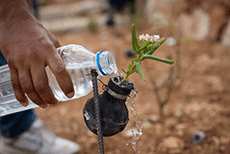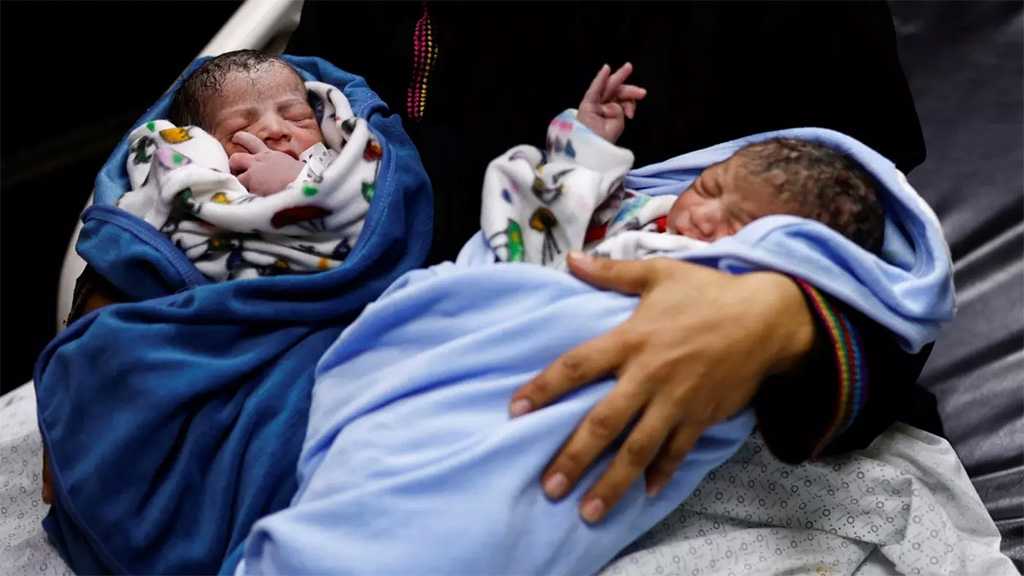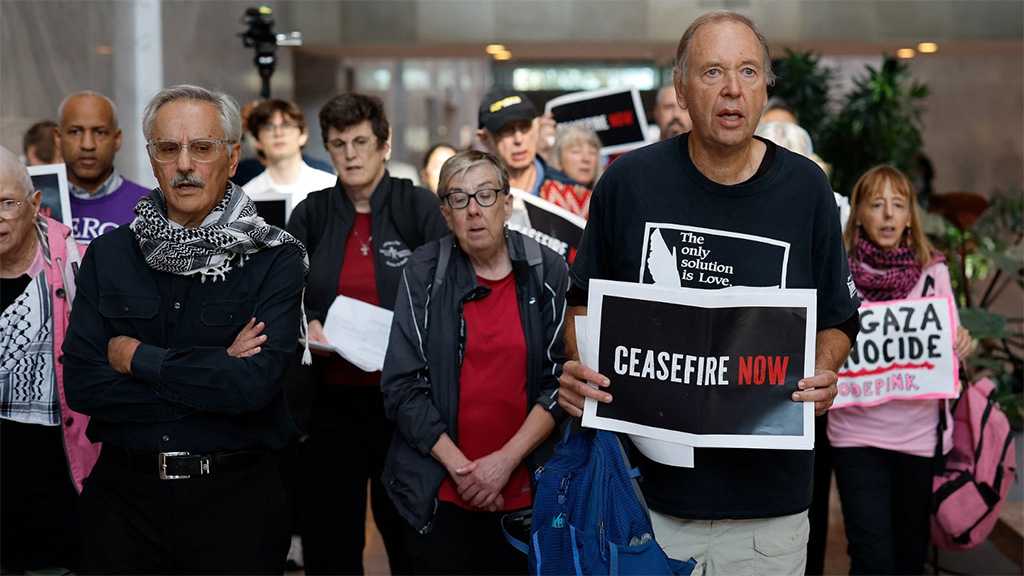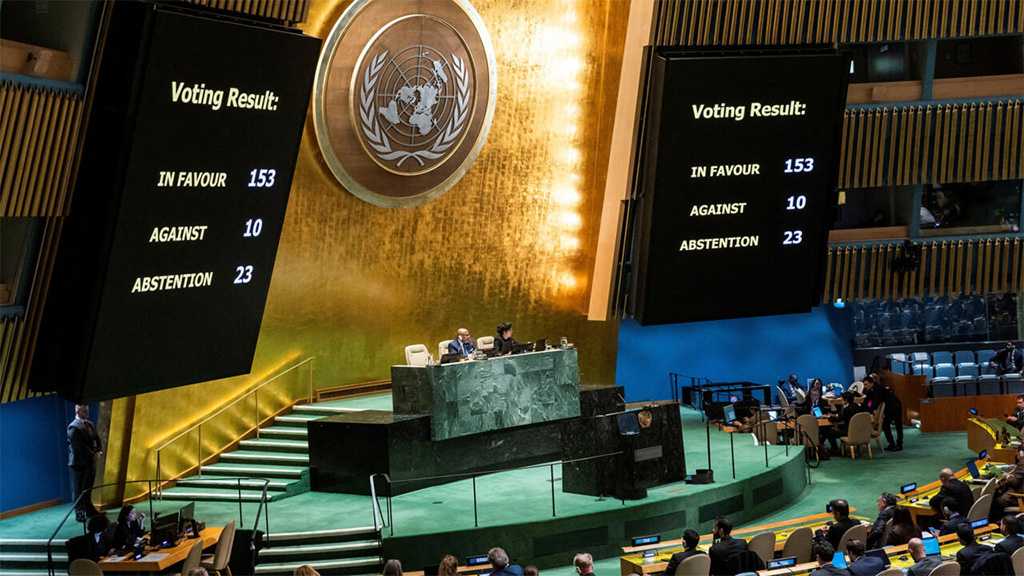
What the Press Missed in Bil’in Tear Gas Flower Garden

Text by Elias Nawawieh
Photos by Activestills.org
A garden of flowers planted in used tear gas grenades memorializes Bassem Abu Rahmah, killed by "Israeli" forces in 2009 in Bil'in. But recent AP photo coverage looks mostly at the flowers and misses the memorial.

The act is one of both peaceful resistance and an answer to the separation wall erected by the State of "Israel". Residents of the village of Bil'in have created an oasis in the arid landscape of the West Bank, and sown flowers in tear gas canisters which were fired at protesters by "Israeli" forces. Bassem Abu Rahmah, a protest leader, was killed in 2009 when "Israeli" forces shot him in the chest with a tear gas grenade. The garden is to commemorate him and other victims in the Palestinians' fight for their land.
However, that key context of the garden was missing from the photos in a widely circulated Associated Press photo story. None of the AP photos included the centerpiece of the memorial garden, a translucent photo of Bassem mounted on a frame of spent tear gas shell casings. Moreover, photo captions identified only "A Palestinian woman" watering the garden, failing to mention that it was Sabiha Abu Rahmah, Bassem's mother.

An AP article text that accompanied the photos on many news sites did mention Bassem's death and that of his sister Jawaher, who is believed to have died because of tear gas inhalation in 2011. But some publications, such as the UK's Daily Mail, did not include the AP text, instead running a staff writer's summary of "Israel's" word against "critics" regarding the separation wall.
On Ynet‘s version, not only is there no mention of the Abu Rahmah deaths as the reason for the memorial garden, but their concluding sentence further obfuscates the price of Bilin's resistance: "Every Friday, Palestinian and "Israeli" leftist activists come to protest the separation fence at the site, and several of these demonstrations have ended in injuries." Who injures whom and how badly is left to the reader's imagination.
In addition to memorializing the Abu Rahma family's losses, the eclectic potted plants also mark land that Palestine was able to reclaim two years ago through a protracted court battle that finally re-routed Israel's wall.

Since 2005, villagers have been going out almost every Friday for anti-wall protests, which often result in violent crackdowns by "Israeli" forces. Bilin has become a symbol of Palestinian protests against Israeli policies in the West Bank, and the village's struggle to regain its land became the subject of a 2012 Oscar-nominated documentary Five Broken Cameras.
Since the "Israeli" regime began building the separation wall in 2002, the route has been the target of regular protests waged by residents of various towns whose land is threatened by or has already been cut off by the barrier.

What many outside the Palestinian community misunderstand is how the "Israeli" government has effectively confiscated large plots of Palestinian land in order to erect the barrier. When the 435-mile barrier is complete, 85 percent of it will have been built inside the West Bank, rather than on the internationally recognized Green Line between the State of "Israel" and the occupied Palestinian territories. The result is that the wall does not simply divide ""Israel" from the West Bank" as is often stated, but rather Palestinian land from Palestinian land, dividing farmers from their land, children from schools, and families from each other.
Comments



